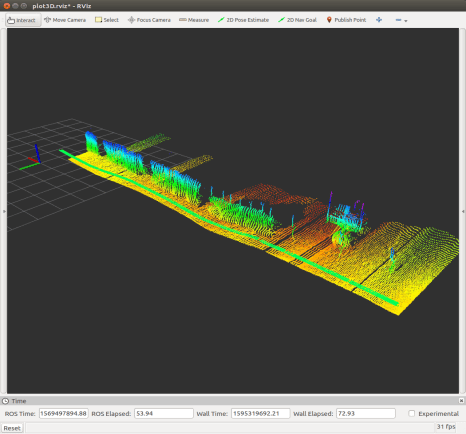Agricultural robotics & Off-road mobility
The AgroTechnoPôle platform boasts a differentiating position in the value chain for the production of new technologies for agriculture, with the development of solutions and the qualification of performance “from Bench to Field” and “from Field to Bench” under controlled and therefore reproducible conditions, thanks to its unique resources (infrastructure and equipment).
The Agricultural Vehicles & Robots subject (and, more generally, the Off Road subject) offers a unique and differentiating set of infrastructures and equipment for all those involved. These existing and new resources will enable us to characterize many functions of agricultural/Off-road machines and vehicles in a wide variety of situations and configurations.
Existing equipment and infrastructure
Existing original and structuring means of investigation can be mobilized.
Our partners
Manipulator arm
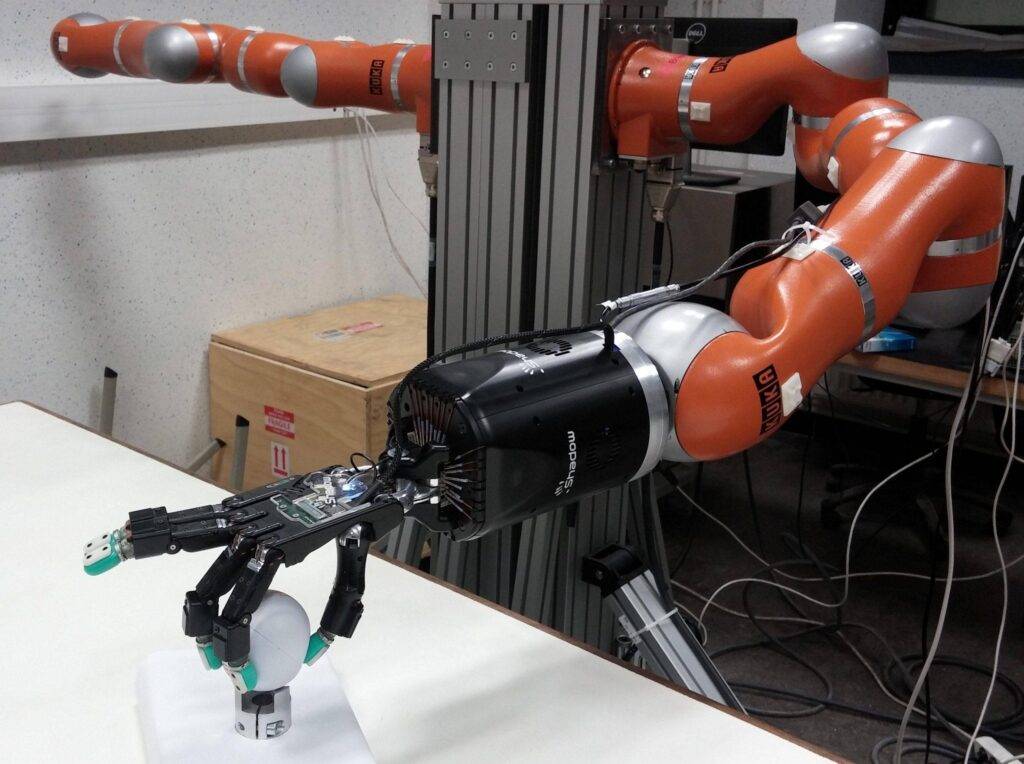
The robotic platforms of the Institut Pascal and CEA List are particularly well suited to the grasping and handling of soft bodies, deformable objects with a wide range of characteristics (dimensions, material, hardness, etc.).
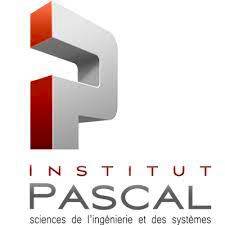
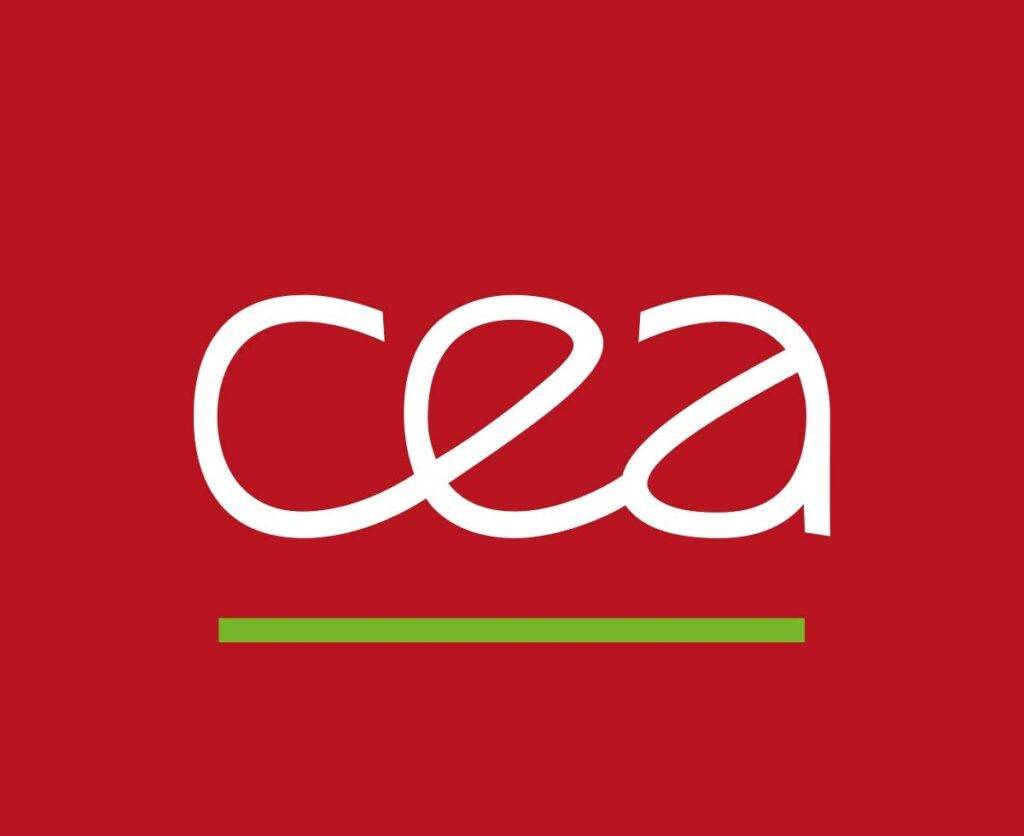
Rain & Fog platform
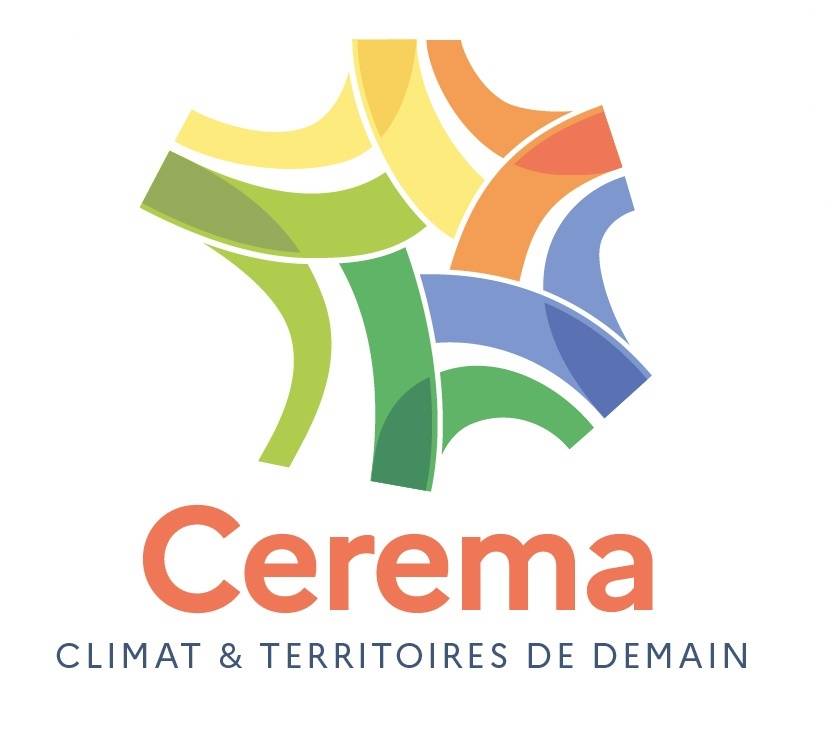
La plateforme PAVIN Pluie & Brouillard du CEREMA située à Clermont-Ferrand est une installation unique pouvant simuler des conditions artificielles et maîtrisées de pluie et de brouillard en grandeur nature. Ces moyens et les compétences associées du partenaire académique CEREMA peuvent être mobilisés par l’’AgroTechnoPôle afin de répondre à toutes sollicitations de recherche et/ou d’essais
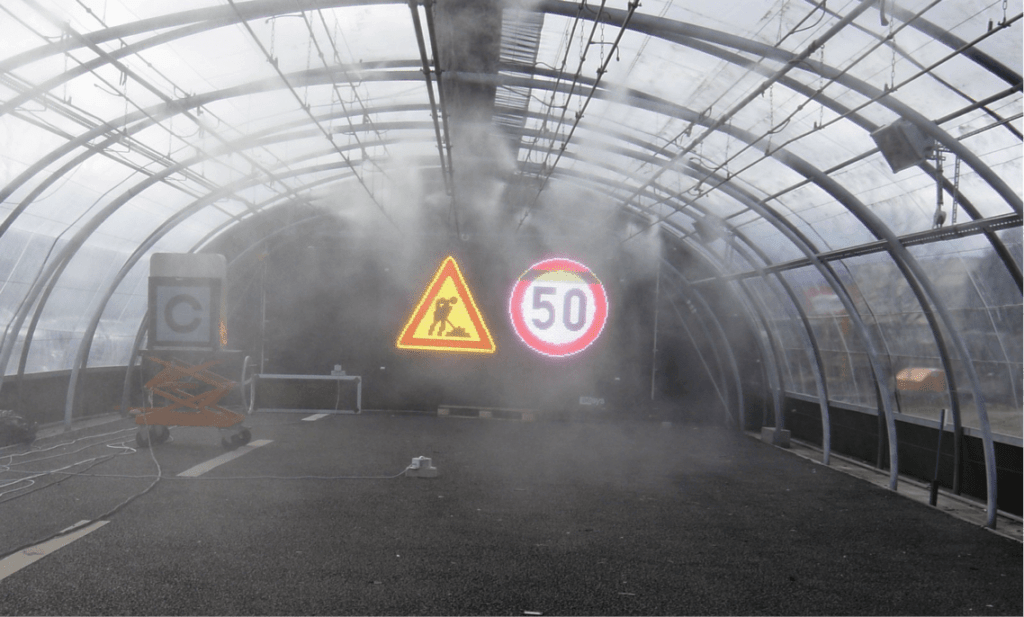
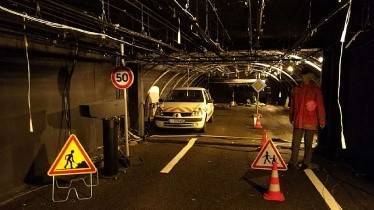

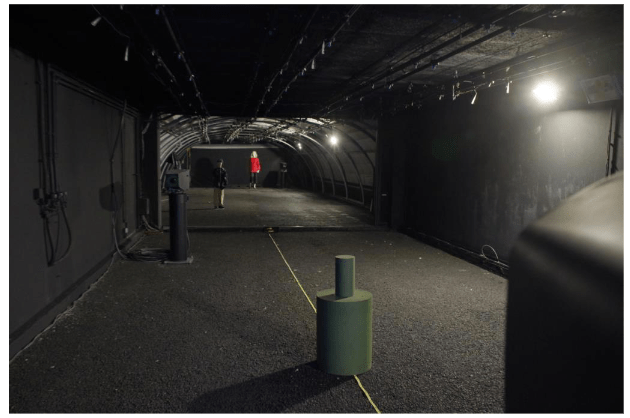
On the Montoldre site
The AgroTechnoPôle platform at its Montoldre site in the Allier region (03) has infrastructures developed by the UR TSCF for testing and developing mobile machines and vehicles.
Cross track

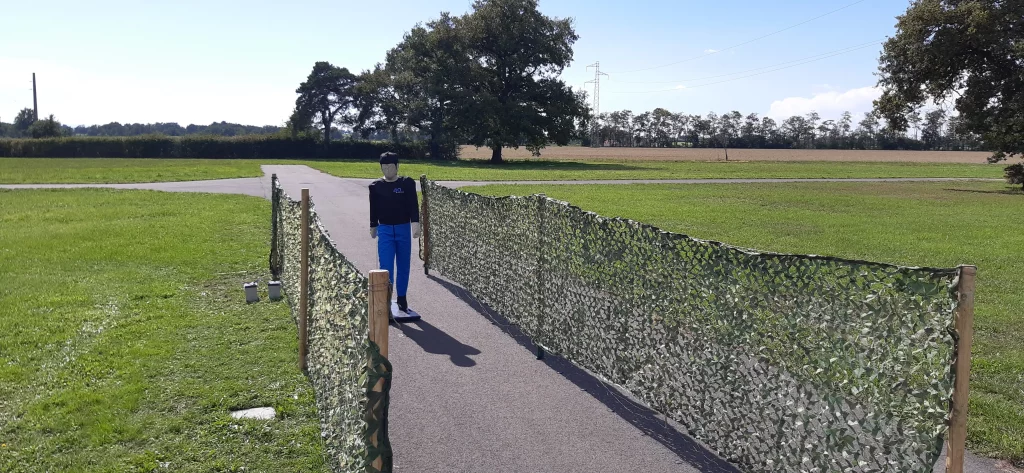
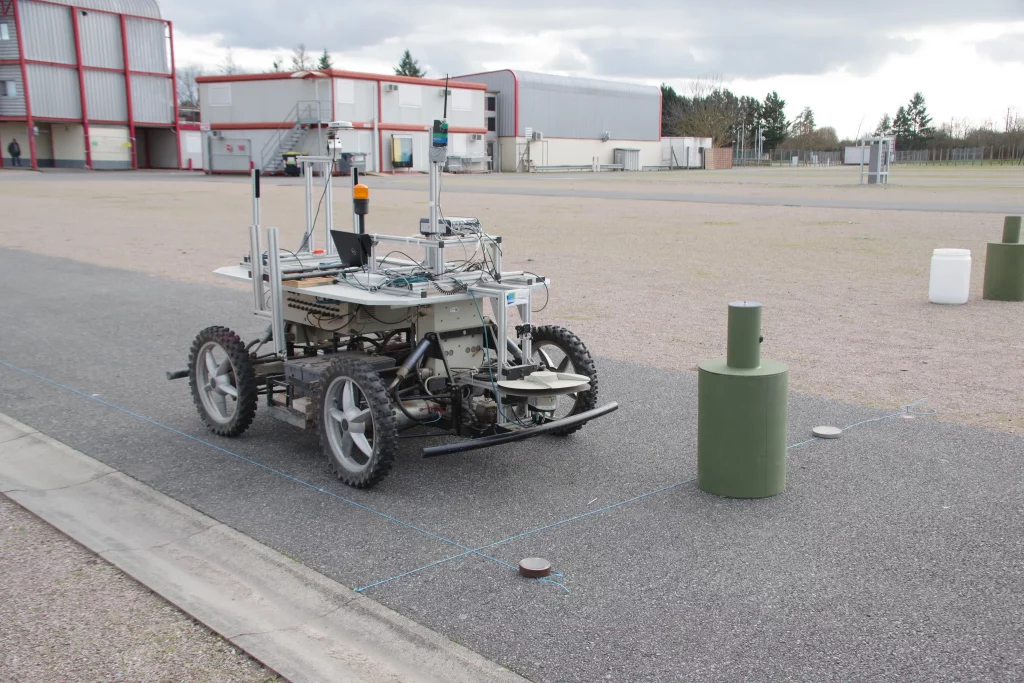
The figure above shows a cross-shaped track, enabling tests to be carried out under different cardinal points and therefore different orientations to the sun.
Numerous accessories are also available, including obstacles of various kinds (dummy, natural and artificial hedges, etc.).
Inclined profiles
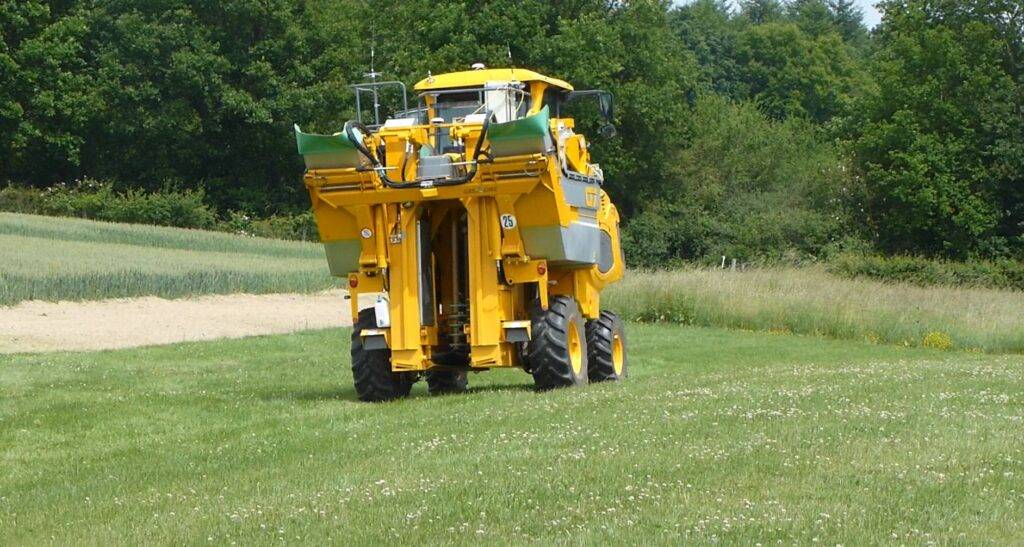
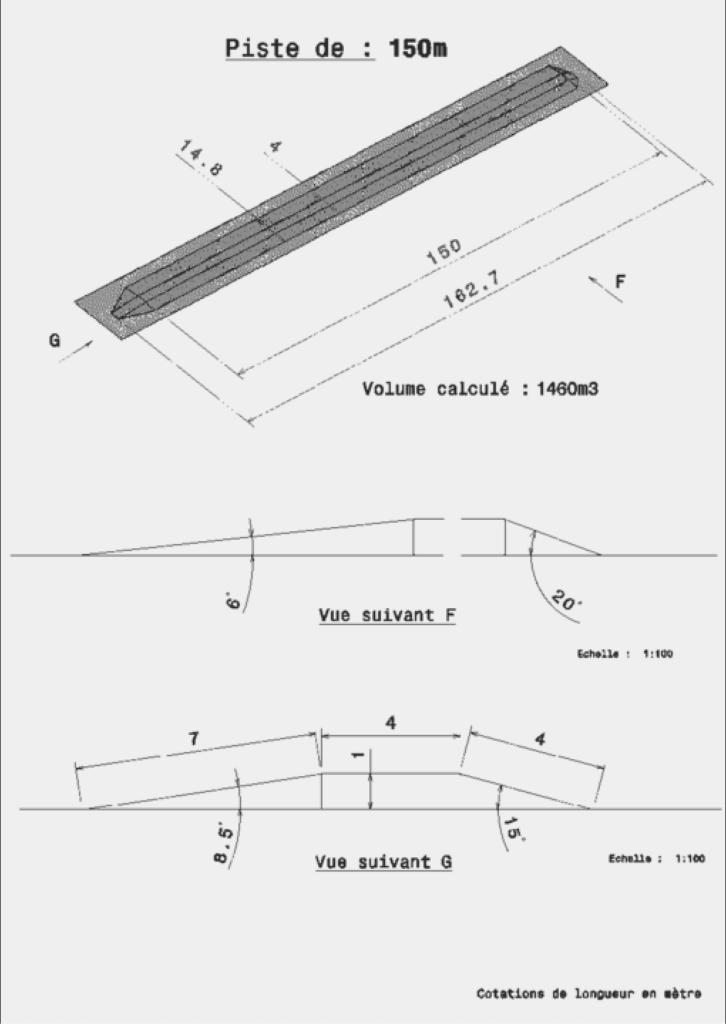
Inclined profiles can be used to test all types of mobile agricultural machinery and measure their response to different slope percentages. Two slope profiles are currently available: 6% and 15%.
Sets of robotized platforms supporting the TSCF / ROMEA research unit
The AgroTechnoPôle platform features a range of robots and mobile machines in a wide variety of configurations (Akerman-type tracked wheels, skid steering, etc.). Others will complete this panel in 2023 as part of the “Roboterium”, thanks to UR TSCF’s participation in the TIRREX project…
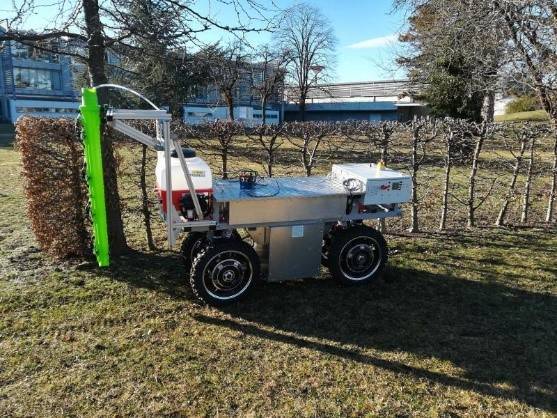
Adap2e
This system, designed entirely by the Romea team in the TSCF research unit, comprises two robotic platforms “enabling them to work synchronously with each other. These mobile platforms support the development of new functions for agricultural robotics, independently of commercial robots or tractors. In this respect, they are of great interest to the AgroTechnoPôle, with, for example, the ability to offer equipment suppliers of sensors or other technological sub-assemblies support for experimentation of their solutions on “neutral” mobile platforms.
Campero
This skid-steering mobile base, combined with a mobile manipulator arm, provides support for research into mobile manipulation. The peripheral arm allows 10 kg to be loaded at the end of the arm.
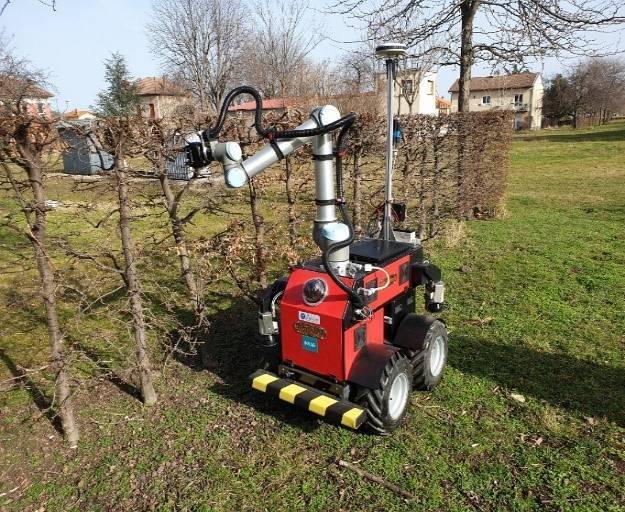
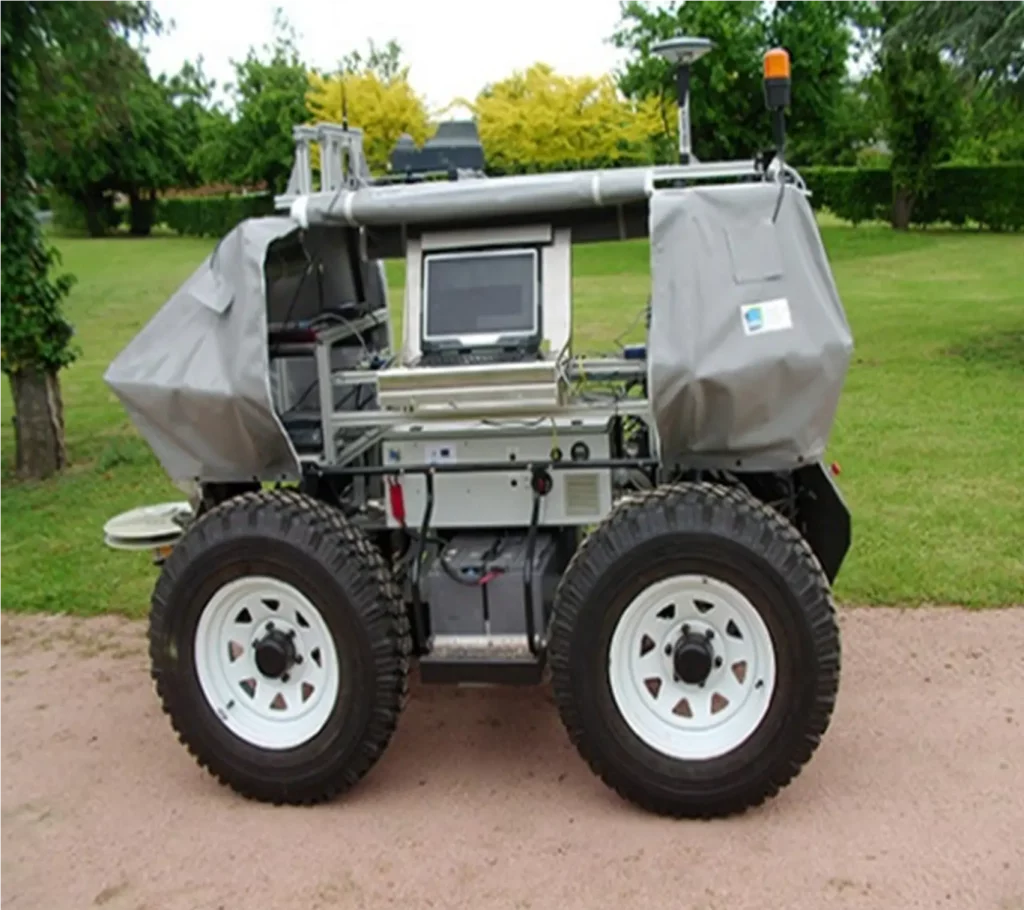
Arocco
This electric mobile robot is equipped with 4 independent drive and steering wheels. The robot is thus able to move over uneven terrain and negotiate slopes of up to 15°. It weighs 650kg and takes up 2×1.5x1m of space.
RobuFAST
This robot can reach a maximum speed of 10 m/s. Its narrow wheels provide fairly limited grip conditions, enabling us to study important dynamic phenomena (risk of rollover, skidding and loss of grip).
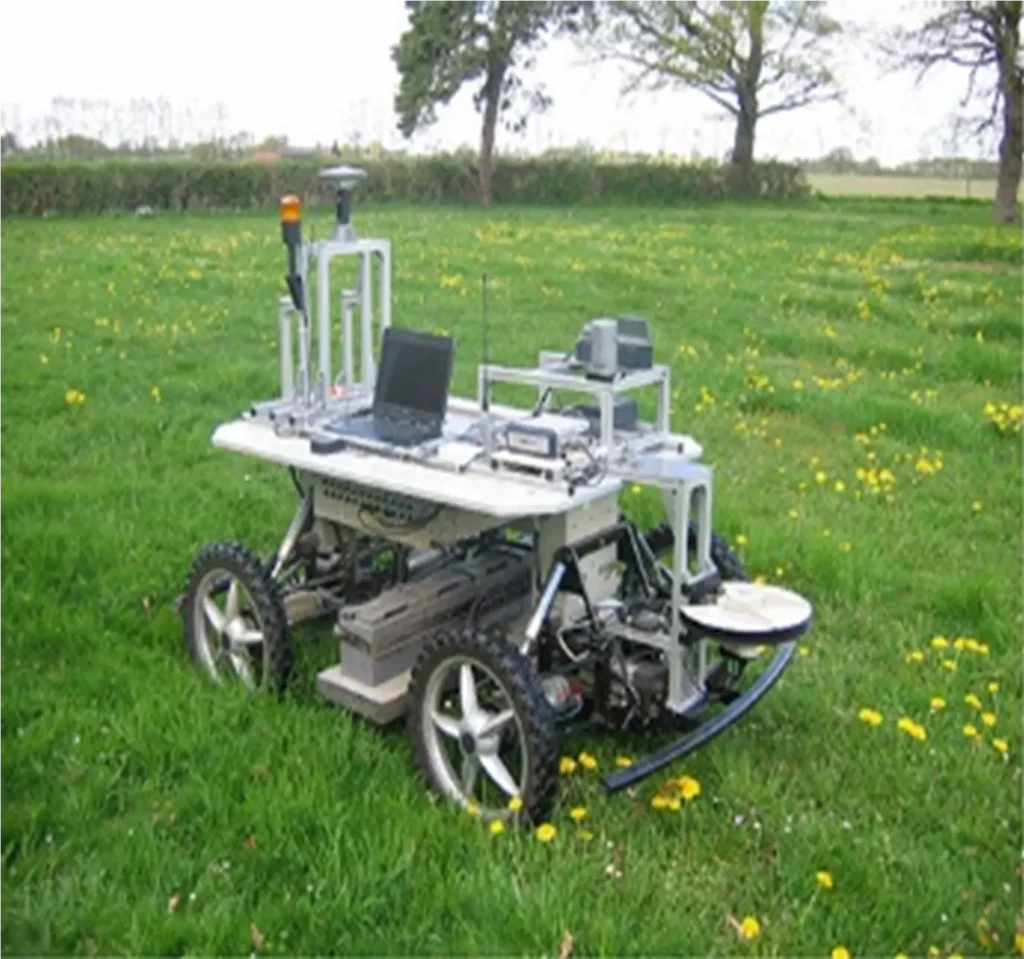
The platform also features numerous monitoring and surveillance tools.
Laser tracker
The AgroTechnoPôle is equipped with a laser tracker, a true reference positioning system capable of tracking an object dynamically and x,y,z with an instant precision of 10 microns.
Drones
AgroTechnoPôle’s UR TSCF has 2 drones. One is DJI’s M300 RTK with a flight time capacity of 55 min and a data transmission range of 15 km. It is ideally suited to data collection missions in open fields with prior trajectory planning, or to photogrammetry projects in support of work on the digital twin section, for example.

New equipment and infrastructure
Section 1: Areas and avenues for off-road vehicle and robot mobility
As agricultural/off-road machines and equipment become increasingly efficient thanks to their new functions (based in particular on the growing development of on-board artificial intelligence), it is essential to qualify them in a thorough and reproducible way.
With this in mind, the AgroTechnoPôle platform will be equipped with new runways and evolution areas, as well as the associated field reference equipment (measurement and data collection tools), offering a full range of perfectly defined and calibrated experimental conditions.
Various obstacles (negative or positive, reproduction of different rows of crops, etc.) can be placed throughout Section 1, according to the specific needs of each project.
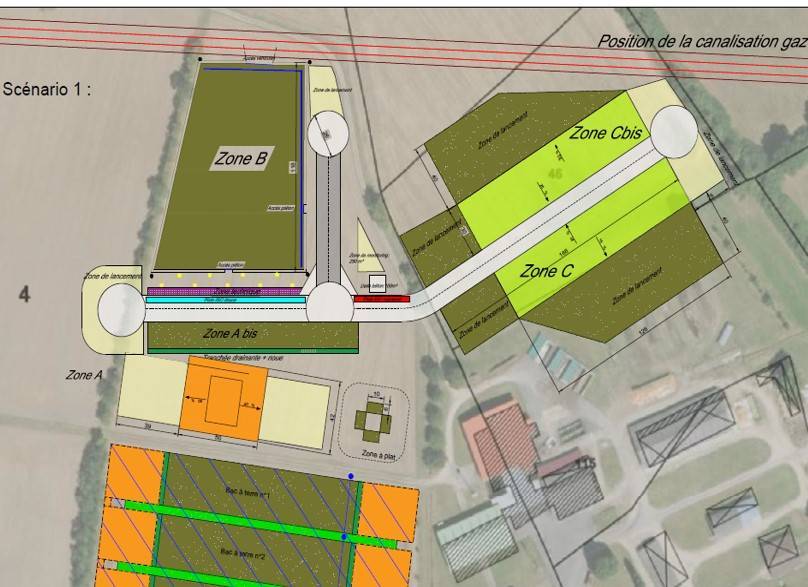
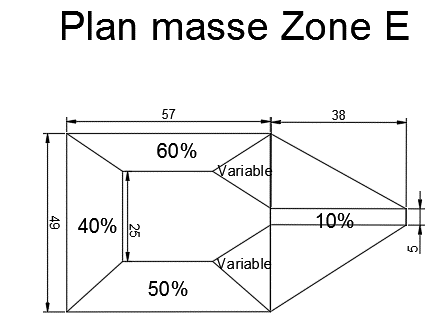
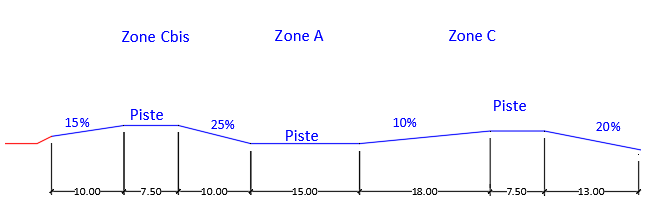
Among the various zones, the “Zone A” is perfectly flat and features a variety of surfaces. This track will also include a section equipped with standardized excitation studs, enabling the dynamics of the vehicle/tool combinations to be put to greater use. A tangential zone (“Zone Abis”) of agricultural land will increase the range of test configurations.
